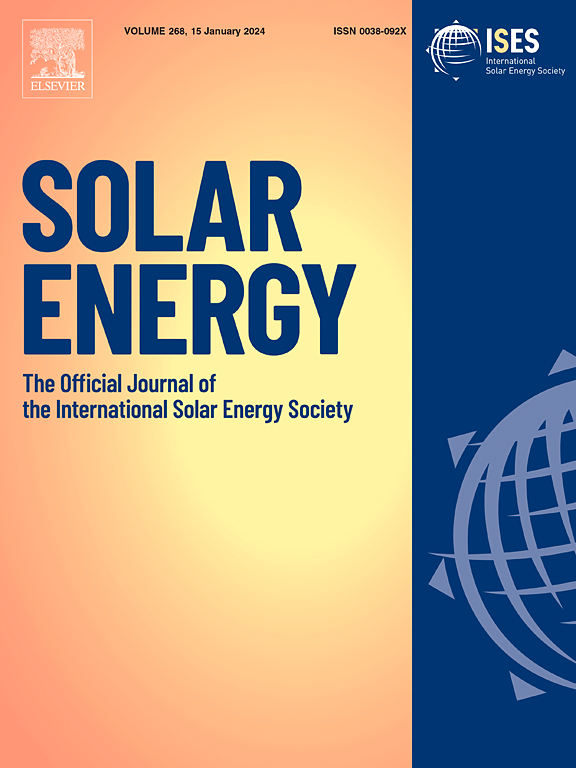Predicting solar radiation acquisition and defining morphological thresholds in residential buildings under a theoretical model: A case study of Lhasa, China
IF 6
2区 工程技术
Q2 ENERGY & FUELS
引用次数: 0
Abstract
Residential building morphology plays a critical role in solar energy capture in cold regions with abundant sunlight; however, predictive mechanisms for optimizing solar gains remain underexplored. This study employs a theoretical model to analyze idealized morphological variations in Lhasa, China, identifying strategies to enhance solar performance. Results demonstrate that the winter sunlight shape factor outperforms traditional metrics like aspect ratio in predicting solar efficiency across diverse geometries. Complex configurations (e.g., L-shaped and C-shaped layouts) exhibit significant self-shading effects, necessitating strategic adjustments to orientation and form. Optimal orientations are identified as slightly west of south for rectangular/L-shaped structures and due south for C-shaped buildings. High-accuracy predictive models based on morphological parameters provide actionable design tools. By integrating theoretical insights with regional climatic demands, this work establishes guidelines for energy-efficient residential design in solar-rich cold regions, balancing regulatory constraints with solar optimization. The methodology and transferable principles offer a universal framework for cold-climate architecture, adaptable to regions with analogous solar-thermal conditions.

求助全文
约1分钟内获得全文
求助全文
来源期刊

Solar Energy
工程技术-能源与燃料
CiteScore
13.90
自引率
9.00%
发文量
0
审稿时长
47 days
期刊介绍:
Solar Energy welcomes manuscripts presenting information not previously published in journals on any aspect of solar energy research, development, application, measurement or policy. The term "solar energy" in this context includes the indirect uses such as wind energy and biomass
 求助内容:
求助内容: 应助结果提醒方式:
应助结果提醒方式:


